It’s all about emulating a fish.
Humans have been swimming for millennia, but the endeavor remains a complex one. Simply kicking your legs harder or cycling your arms faster is not the secret to excelling — especially as limited breathing ability and the water’s resistance conspire to throw off our land-based intuition about how we use our breath and our bodies.
Experts agree that increasing your swimming proficiency requires learning to move your whole being with the water, rather than fighting against it limb by limb.
“Your coordination in the water” is key, explains Lindsay Bechtold, Life Time area head swim coach in Plymouth, Minn. “A lot of swimming stems from your core. With every stroke, you should be pulling through your lats, and not your rotator cuffs. Use your core for rotation and stability. And your glutes are important for starts and turns.”
Improving your swimming technique can begin with a few simple drills, says four-time Olympian Sheila Taormina, author of Swim Speed Secrets, among other books. For example, many swimmers yank their hand back too quickly after it enters the water during a stroke. For a more efficient stroke, move the hand deeper and wider instead of focusing on pulling the hand back.
“To go faster, we need more measured movements — that’s what makes it challenging and where we can dial in our focus,” says Taormina. “I just love the creativity of swimming and the variety of strokes. We can be artists in the water.”
With a few easy drills — such as the ones that follow — you can quickly improve your swimming form and reap the rewards of this aquatic activity.
“Swimming checks all the right boxes,” says USA Triathlon coach Thomas Alcivar. “You get your heart rate up and generate some well-earned fatigue moving in multiple planes. Doing all this while weightless means you’ll need less recovery time and can get back to playing sooner — in or out of the pool. With a little guidance, you can feel the results quickly.”
Technique Tips
Drill 1: Breathing Exercises
Honing your breathing during your swim strokes can greatly improve your efficiency and ultimately your endurance, says Alcivar. Otherwise, “the water will take all the energy you want to dish out and wear you down,” he explains. “There is no beating the water, only cooperating with it.”
- At home, practice closing your eyes and breathing deeply, with the intent of filling your lungs entirely: You should feel the expansion in your back, sides, and belly.
- Breathe in for two seconds, hold for two seconds, then breathe out for two seconds. Work up to eight-second cycles.
- At the pool, stand in the shallow end and squat so your head goes beneath the surface. Breathe out forcefully, and then pop back up. Repeat eight times.
Once you’re comfortable, progressively tilt your head back more so you’re looking upward. This allows water to enter your nose, and it mimics conditions you’ll face while swimming horizontally. This exercise will help you remember to exhale through your nose.
Drill 2: The Tarzan
This drill is named after stylish swimmer Johnny Weissmuller, an Olympic gold medalist who went on to play Tarzan in the classic movies of the 1930s and ’40s. Taormina recommends it for developing the freestyle stroke — not only for “building catch mechanics and a propulsive pull,” she writes in Swim Speed Secrets, but also to prevent overrotation. Moreover, this challenging drill builds strength in the core and shoulders.
To perform the Tarzan, swim a normal freestyle stroke but with your head above water, looking straight ahead the entire time. Keeping your head up keeps your body balanced on the axis line; any overrotation will make it difficult to keep your head above water. (Taormina notes that your head should be in the water during a regular freestyle stroke.)
Work up to accumulating 10 laps, resting between laps as needed.
Drill 3: Single-Arm Variations
To improve core strength and whole-body coordination, try these single-side variations, suggests Bechtold.
- Swim four laps of regular freestyle.
- On the fifth lap, extend your left arm straight out in front of you and stroke with only the right arm.
- Then switch sides, extending the right arm while you stroke with only the left arm. Alternate sides from lap to lap, keeping the extended arm rigid while the other one works.
- Perform two to 10 laps, depending on your proficiency and fitness level.
Swim Gear Essentials
Arena Cobra Ultra Goggles
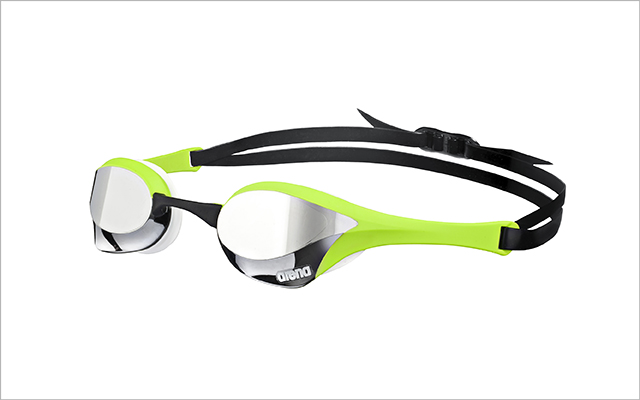
These sleek goggles earn rave reviews from racers. Their snug fit allows you to focus on your swimming form rather than readjusting your straps midlap. About $55 at www.arenawaterinstinct.com.
Speedo Solid Silicone Swim Cap
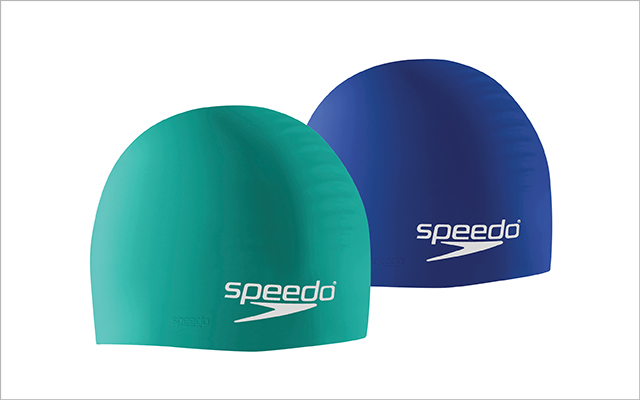
A snug, well-fitted cap is a must for protecting hair and keeping it out of the way while swimming. This durable model comes in 13 fun colors and doesn’t snag or pull. $14 at
www.speedo.com.
Speedo LZR Racer X
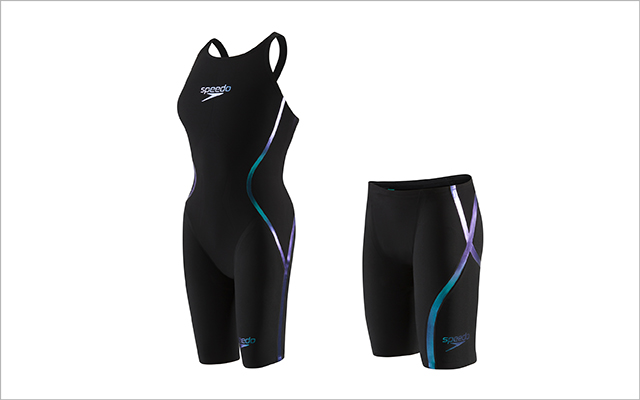
Pricier than regular swimsuits, tech suits can significantly reduce drag thanks to their water-repelling fabric, compression, and seamless design. Speedo’s tech suits, which come in a full suit for women and jammer short for men, are worth the splurge if you’re in the market for an upgrade. (Alcivar notes that any comfortable suit will work for most people, so don’t stress if this is outside your price range.) $335 and up at www.speedo.com.
TYR Flexfins
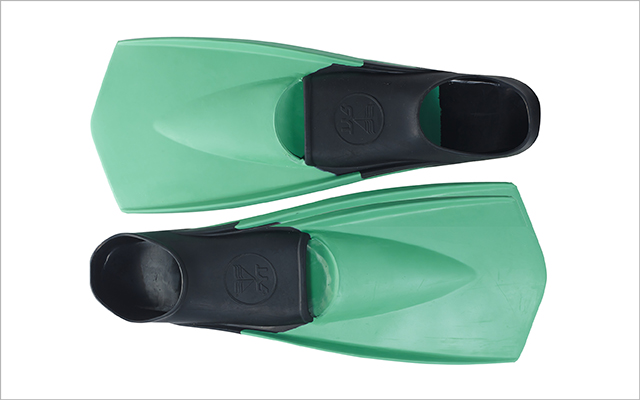 Photography by John Mowers
Photography by John MowersIncrease foot flexibility and leg strength by swimming laps with fins. $30 at www.tyr.com.
This originally appeared as “Different Strokes” in the October 2018 print issue of Experience Life.
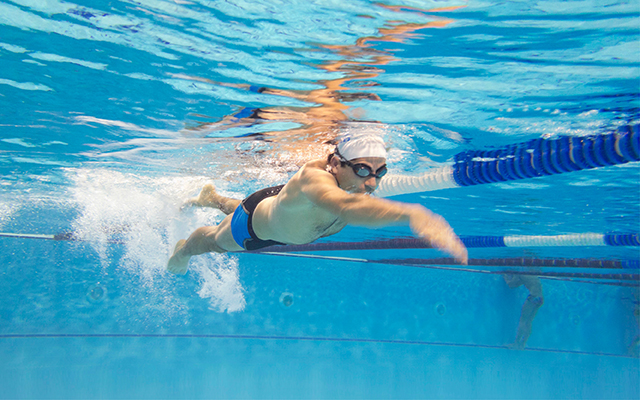
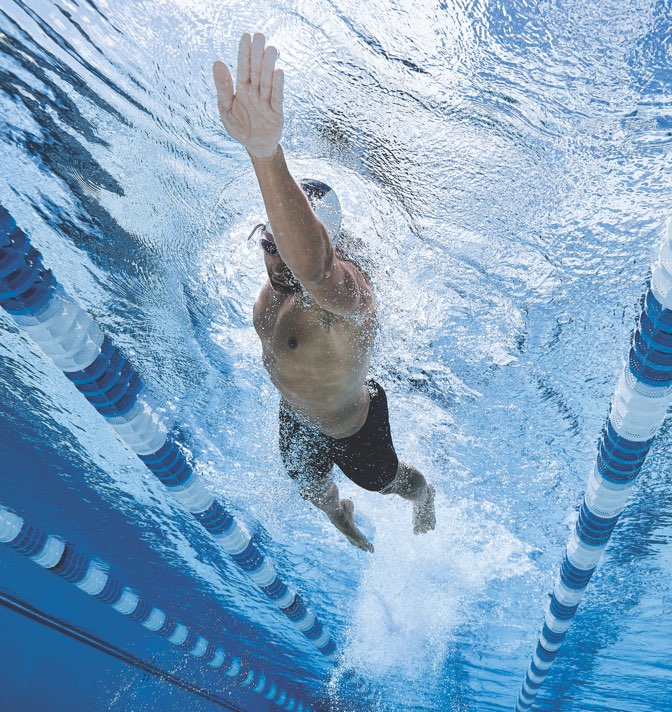
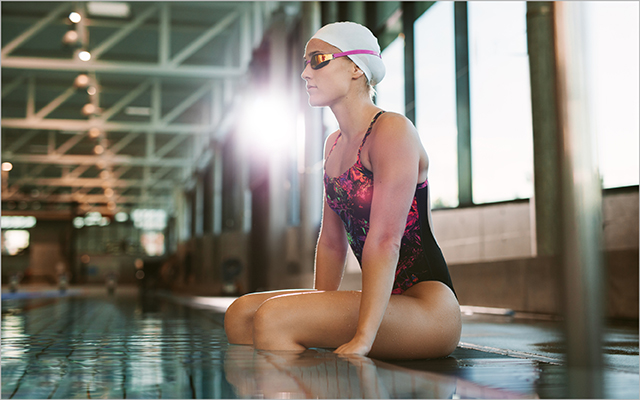
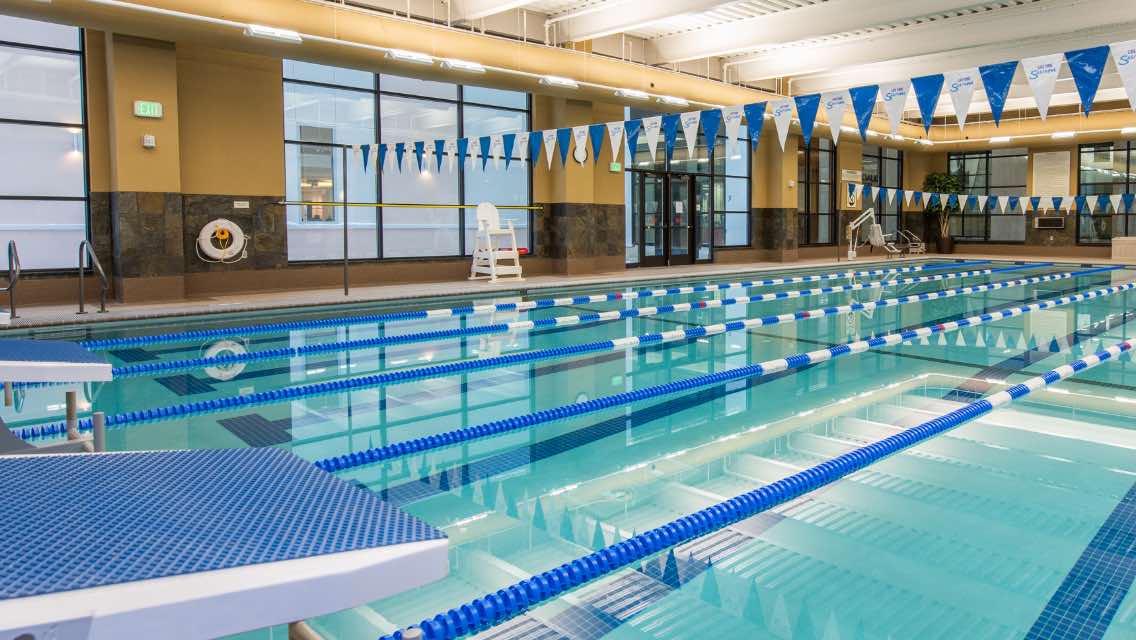

This Post Has 0 Comments